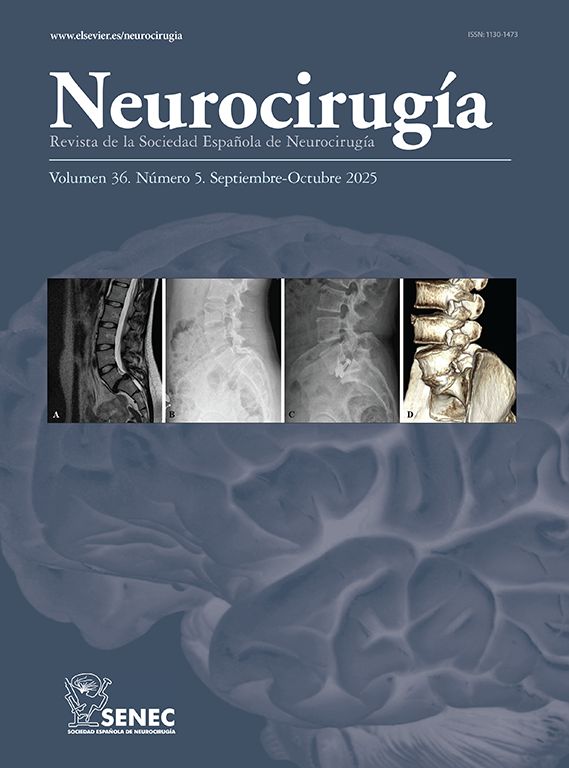P-080 - LARGE BLEEDING BRAIN DVA: WHAT HAPPENS WHEN THE UNDERLYING PATHOLOGY IS HIDDEN? THE INSIDIOUS COURSE OF A HIDDEN CAVERNOMA
Hospital Universitario La Paz, Madrid, Spain.
Introduction: Developmental venous anomalies (DVAs) are congenital, benign brain malformations present in 3-10% of population. They appear as small veins in a "medusa head" pattern draining into a larger vein. Symptomatic cases are extremely rare, often due to mechanical compression or impaired venous outflow, leading to hemorrhage. DVAs are often associated with cavernous malformations (CM), requiring careful surgical planning to avoid damaging the DVA.
Case report: A 44-year-old woman presented with partial motor seizures and mild paresis in her right upper limb. A CT scan showed a localized hemorrhage in the left frontal lobe, near the supplementary motor area, with no AVM or aneurysm identified on the angio-CT scan, but a large DVA with a prominent medusa head. After the seizures ended, the patient was monitored, but two days later, symptoms worsened, and follow-up CT showed increased edema. An MRI performed a week later did not identify a CM due to blood presence. The patient was discharged after stabilization, awaiting angiography. Two weeks later, worsening symptoms led to angiography, confirming the large DVA and ruling out AVM or dural fistula. Given ongoing edema and clot growth, surgery was planned to evacuate the clot while preserving the DVA. The hematoma was removed using a frontal craniotomy and corticectomy, obtaining an organized clot resembling a CM. The DVA was preserved, and the patient showed significant improvement with no further seizures.
Discussion: Preserving large DVAs during surgery is crucial to avoid disrupting venous drainage. Recurrent hemorrhage from a CM in three weeks is unusual but may be explained by a large DVA, with compromised venous outflow due to hematoma-induced hypertension, leading to rebleeding. This case highlights the difficulty in diagnosing cavernous malformations when clot obscures imaging, emphasizing the importance of basing surgical planning on the most likely diagnosis, even with unclear radiological tests.






